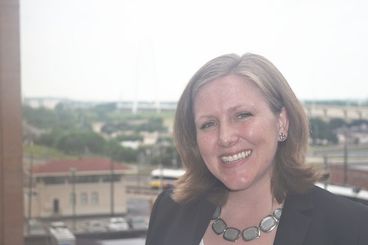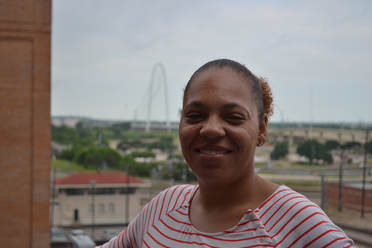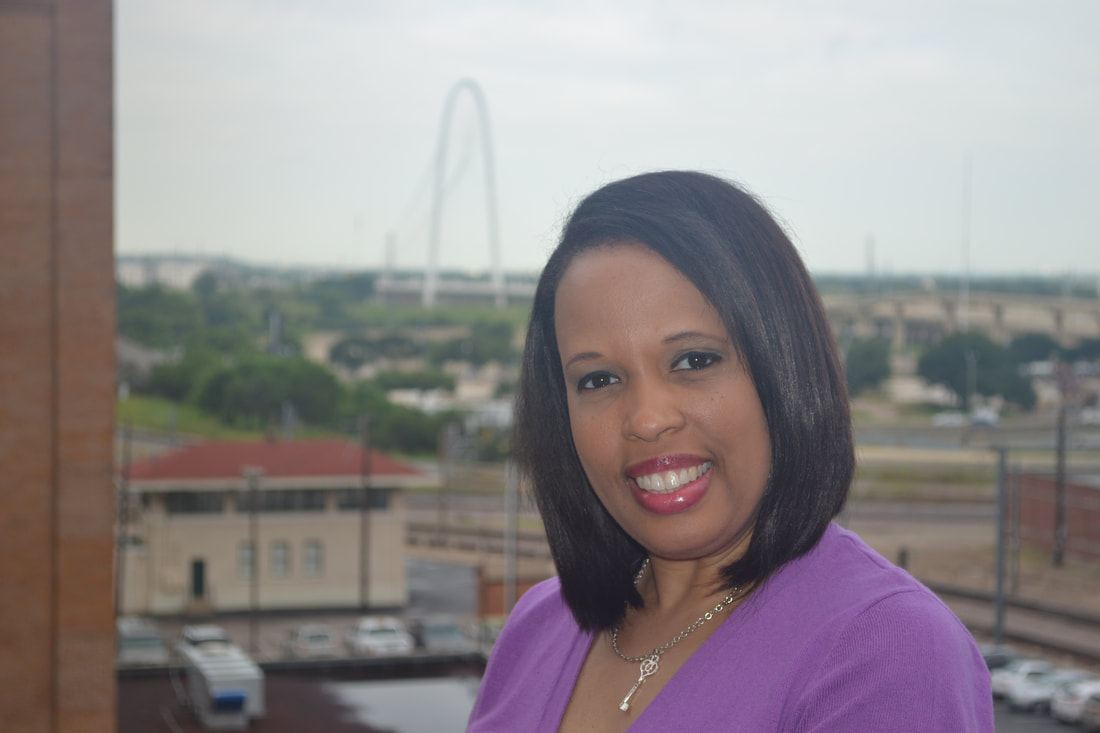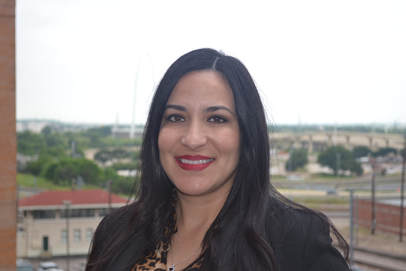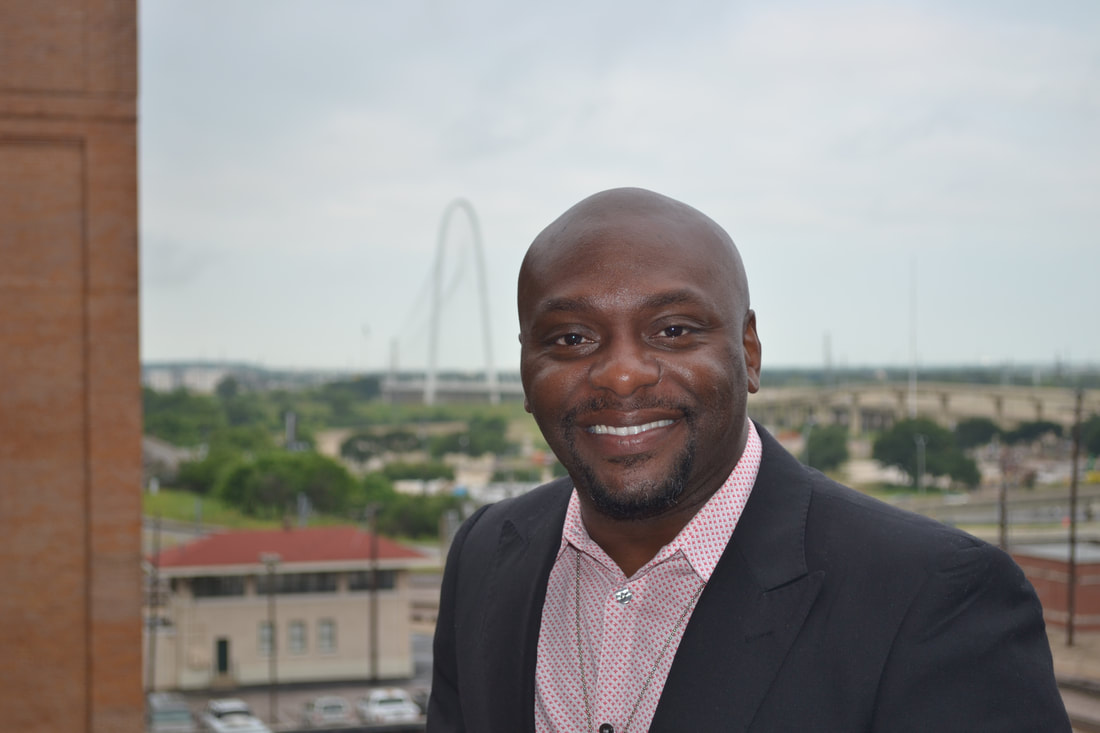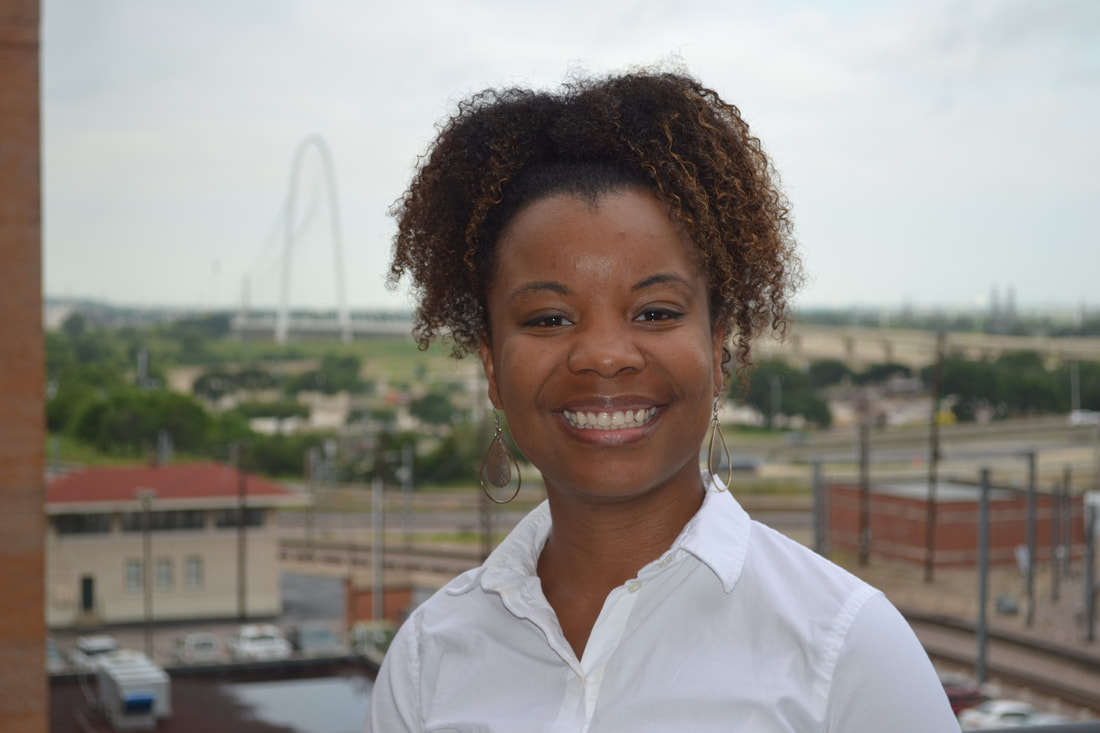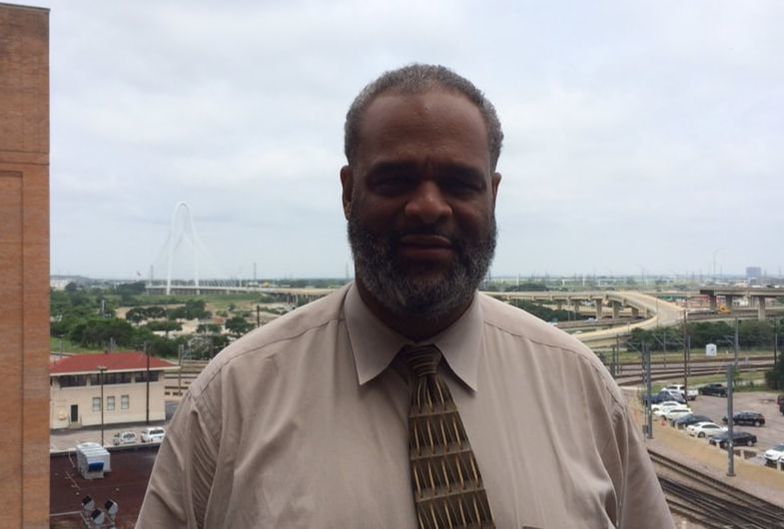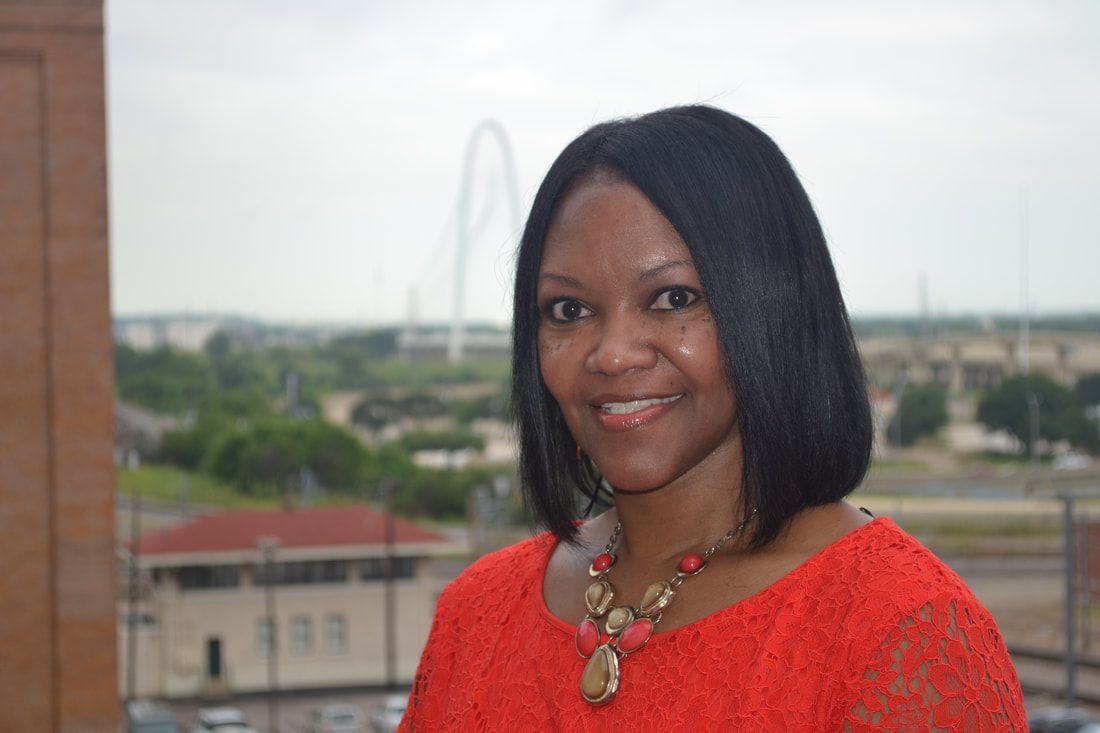Ginger Cole-Leffel
|
|
Project Implementation: After taking the time to research best practices and observe other schools implementing restorative circles, we began classroom trials of community restorative circles on a volunteer basis. We shared trials with the entire staff iterated upon in these classrooms. We also began to lead staff circles in order to model protocols for teachers as well as build our own adult community. A variety of entry points were offered to the staff at large in order to grow our practice. Some staff members elected to role-play circles while others chose to observe practices on and off campus and yet others began to draft lesson plans. We have begun the initial stages of contracting for formal training to take place in the fall for the entire staff including engaging staff members who have been trialing circles this year as leaders.
|
Resources Needed:
• Clear guidelines for community building circles • Ideas for circle topics • Lots of positive feedback |
Campus Outcomes
• Student Perceptions
• Student Perceptions
- Up to 12% increase across multiple indicators of student perceptions on campus climate
Amanda Dudley
|
|
Project Implementation: Effective professional development requires offering what teachers need and giving them the autonomy to pursue their unique growth areas. Our team identified themes in adult needs based on observation rubrics, tools, and vision documents. We create “choose your own adventure” professional development sessions and allow teachers to opt in when the session aligns to their needs. Teachers track their development hours and ensure they pursue multiple types of development. The new professional development model enables a diverse learning experience that includes: instructional coaching, individually pursued PD, peer observations and lesson plan feedback, committee and vertical teams, and grade-level and campus-wide PD.
|
Resources Needed:
• Aligned deans (AP's) and instructional coaches for consistency in teacher observation/evaluation rubrics • Clear communication to teachers about their areas for development • Tracking system (e.g. online google doc) for teachers to report their completed PD hours. |
Campus Outcomes
• Teacher Observations:
• Teacher Observations:
- EOY observation scores increased among Summit teachers by an average of .5 points on a 4-point scale
- Sustained teacher retention rates of over 90%
Sharon Duplantier
|
|
Project Implementation: Because district goals set for all scholars were based solely on MAP and STAAR performance, Focused Learning Goals (FLG) made the steps needed to reach the district goals more concrete for teachers, scholars and their parents. Defining FLG’s makes differentiation intentional and streamlines planning. Data one-pagers are sent home to parents that included each student’s unique goals, as well as action steps for families and teachers. Engaging families with FLG’s increases buy-in and the likelihood that scholars will work on goals outside of school.
Campus Outcomes • Scholar Self-Perceptions:
|
Resources Needed:
• Teachers who are prepared and willing to dedicate time in class to teach scholars the goal-setting process and how to track their progress • Sample personal and academic goals from peer schools to guide my teachers • Time in parent-teacher conferences to discuss scholar’s goals |
Katrina Gibson
|
|
Project Implementation: After our initial work implementing student and adult mindfulness exercises throughout the 2016-2017 school year, our campus began implementing restorative practice strategies in classrooms in the fall of 2017. We brought restorative practice training to teachers and appointed a restorative practice coordinator to support the implementation of such strategies campus-wide. Restorative circles are led in classrooms at least twice weekly, and respect agreements are also used to support maintaining healthy relationships.
|
Resources Needed:
• Restorative Practices training for teachers • Staff member willing to serve as a campus Restorative Practices coordinator • Time on staff meeting agenda for adult circles |
Campus Outcomes
• Student Discipline Outcomes:
• Student Discipline Outcomes:
- 75% reduction in Level I Discipline offenses
- 58% reduction in Level II Discipline offenses
- 16% increase of students reaching proficiency on 5th grade STAAR reading
- 25% increase of students reaching proficiency on 5th grade STAAR math
- 9% increase in teacher perceptions of campus culture and environment found on district survey
- 12% increase in teacher perceptions of campus discipline practices found on district survey
Sonia Loskot
|
|
Project Implementation: Based on observations, interviews, and student input, a three-pronged approach to increasing student engagement was implemented in all 4th grade math classrooms. Kinesthetic learning environments were created; classes were restructured to incorporate challenge problems, a game or competition, and/or technology; and student surveys to gauge engagement were administered at the end of each lesson, with dedicated time to analyze the results as a class.
|
Resources Needed:
• Time to interview students and gather their feedback • Willing, flexible teacher leaders to pilot this approach and plan more games or interactive lessons into their daily and/or weekly schedule. • Kinesthetic classroom props (e.g, balls, kinesthetic desks) |
Campus Outcomes
• Student Perceptions:
• Student Perceptions:
- 8% increase in student perceptions of engagement and supportive relationships on campus as measured by district survey;
- 4% increase in student perceptions of classroom environment on district survey
- 13% increase in Math ACP scores among 4th grade cohort from 3rd to 4th grade; growth outpacing district by 10%.
- 17% increase in 5th grade students receiving “Meets Standard” on STAAR math; 14% increase in 5th grade students receiving “Masters” distinction on STAAR math; outpacing district growth by 6%.
Steven Mattic
|
|
Project Implementation: In order to provide our students with more positive disciplinary strategies and ensure they are building trusting relationships with adults on campus, all staff were provided with training on implementing restorative justice practices and given the opportunity to identify and select the restorative practices to move forward with implementation. In addition to 1x1 or small group coaching sessions with students, the use of restorative justice circles and intentional words of affirmation have also been implemented campus-wide.
|
Resources Needed:
• Restorative justice training for teachers • Time for the principal or counselor to do 1x1 or small group coaching sessions with students • Parental cooperation and investment • Discipline referral data |
Campus Outcomes
• Student Discipline Outcomes:
• Student Discipline Outcomes:
- 64% reduction in discipline infractions from May 2017 to May 2018.
- 17% increase in student perceptions of student-teacher relationships as reported on district survey;
- 7% increase in student perceptions of teacher fairness as reported on district survey
Aleia Mims
|
|
Project Implementation: Small-group, blended learning was piloted with 6 teachers, grades 6-8 in reading and math based on the success of a smaller pilot of two teachers during the previous year. A “design team” was used to create and identify guidelines for differentiating group activities based on student entry point, and time was routinely dedicated to intentionally planning blended-learning lessons. The following conditions for successful small-group instruction were also identified and leveraged: customized, data-driven lesson plans, collaborative planning with master teachers, multiple observations and coaching meetings, co-teaching, and professional learning communities.
|
Resources Needed:
• 1-2 willing teachers who would be strong, creative thought-partners in designing a blended learning unit • Dedicated planning time to design a blended learning unit • Master lead teacher for collaborative planning |
Campus Outcomes
• Student Academic Outcomes:
• Student Academic Outcomes:
- 25% increase in 7th & 8th grade scholars exceeding year-end goals during year one of the project
- Over half of scholars grades 6-8 exceeded year-end MAP math and reading goals in only 4 months during year two of project
- 7th graders exceeded district average in reading performance, despite beginning below national average for grade-level ability
Marion Mouton
|
|
Project Implementation: The New Principal Academy is a mentoring program designed to provide beginning principals with non-threatening, intentional and relevant mentoring support to help them develop their leadership skills in managing people, data, and processes in ways that promote school improvement and increase principal confidence. The program pairs rookie principals with experiences principals who have demonstrated the ability to lead academically successful schools with positive school culture, and seeks to cultivate a mentoring relationship between the two while also intentionally cultivating key leadership competencies through monthly meetings and shadowing opportunities.
|
Resources Needed:
• Veteran principals willing to donate their time to mentor 1st year principals • Topics and development curriculum aligned to the developmental needs of principals |
Outcomes
• Mentee Campus Outcomes:
• Mentee Campus Outcomes:
- Averaged campus gains in first year of the principalship of 9% on 5th Grade STAAR reading and 5% on 5th Grade STAAR math; matching district gains.
- Positively correlated with the number of meetings between mentor and mentee.
Sherry Williams
|
|
Project Implementation: Intentional systems have been created to strengthen the relationships among students and teachers on our campus such that student learning can thrive. To ensure that students are supported through their social-emotional challenges and able to re-enter the classroom ready to learn, restorative circles, an aspect of social emotional learning/restorative practices, have been implemented campus wide. Recognizing that staff relationships are also critical, our staff engages in adult circles and monthly team building exercises designed to build a stronger climate of trust among adults.
|
Resources Needed:
• Restorative practices training for teachers • A prepared counselor able to lead students through social-emotional exercises • Strategies or activities for adult trust-building to use during staff meetings • Dedicated time in staff meetings for adult circles |
Campus Outcomes
• Teacher Perceptions:
• Teacher Perceptions:
- 9%-18% increase on multiple indicators of teacher perceptions on campus culture and climate reported on district survey
- 7%-12% increase on multiple indicators of teacher perceptions on principal leadership reported on district survey; outpacing feeder pattern on all indicators
- 9-21% increase on multiple indicators of teacher perceptions on campus discipline reported on district survey; outpacing feeder pattern on all indicators
- 96% reduction in campus discipline offenses among students

